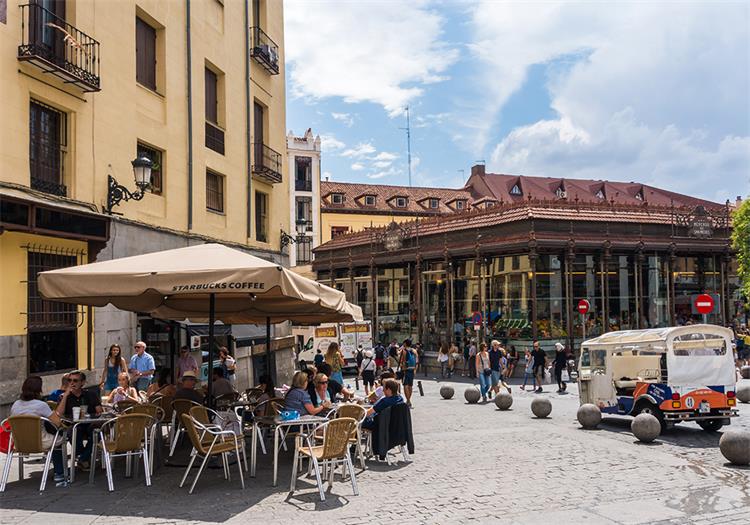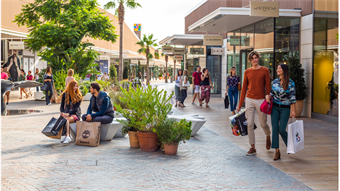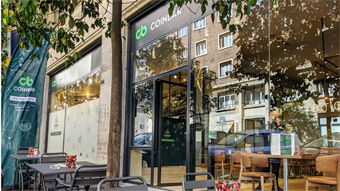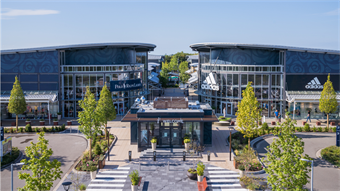Investing in urban life
- In Strategy
- 08:54, 12 November 2018
- 1574 Views

Redevco takes an analytical approach to choosing the cities it plans to invest in, as CEO Andrew Vaughan tells RetailWatch.
In a fast-changing real estate world the retail sector seems to be outpacing all others in the speed and range of its transformation. The shift to online shopping, consumers’ changing preferences, technology bringing innovation, are all challenges that companies have to grapple with.
The background is positive, as across Europe good economic growth, lower unemployment and real wage increases are putting money into people’s pockets and supporting consumer spending.
Companies that are proactive, know the market, and can anticipate changing consumer trends, can transform challenges into opportunities. The first step is acknowledging change and acting fast in adapting your strategy, says Andrew Vaughan, CEO of Redevco: ‘There is a lot of positive change going on, provided you have the right buildings in the right areas.’
Redevco is dealing with change in three main areas, says Vaughan: ‘The first change is in the occupier base, which is partly driven by the type of assets we are acquiring. We are still dealing with the big apparel brands on the high street, like H&M, Zara or Primark, but now we also work a lot more with independents and local entrepreneurs and pay more attention to leisure and food & beverage.’
An example of this is the Mercado de San Miguel in Madrid, which Redevco relaunched this year, bringing in new Michelin chefs, improving the already thriving gastronomy hub and a tourist destination.
The company values and will continue the relationships it has built over the years with the global apparel brands, but it is also diversifying to adapt to consumer demands. ‘There are none of those brands in the buildings we’ve bought recently,’ says Vaughan. ‘People are spending less on retail and more on leisure. They want small, independent and ethical companies, local restaurants, artisan bakeries and so on. We’re adapting to the changing patterns of consumer spending, and repositioning our portfolio accordingly helps us with improving diversification and mitigating risk.’
Changing use of buildings
The second change that is taking place is in the nature of occupiers in certain buildings. When Zara left a 2,000 m2 store in the centre of Madrid, the space was not let to another fashion retailer but to Ikea for their new urban concept (see box) ‘Five years ago it would have been unthinkable,’ says Vaughan.
There are other examples across Europe. A clothing shop in Zurich is being turned into a restaurant and car showroom. In Glasgow, a furniture shop in Princes Square is becoming an Everyman cinema. ‘It just shows how flexible you can be with buildings, provided they are in the right locations,’ says Vaughan.
The third change is the changing use of buildings. Department stores, in particular, due to their size, are obvious targets for transformation. A long-vacant store in Prague, currently used as a museum, is being turned into a leisure complex. The old Hanningtons department store in Brighton is being redeveloped into a mixed-use building with shops, restaurants, cafés, 65 apartments and some offices.
‘It is an example of a building that is being radically repurposed,’ says Vaughan. ‘We really like Brighton and are investing a lot there. It has all the factors we like, a big student population, a thriving arts scene, a great location but also proximity to London, a lot of independent shops, a real buzz.’
An omnichannel world
Redevco’s proprietary research tool, the City Attractiveness model, helps to identify the winning cities of the future by using 19 indicators focusing on population, economy, the property market, city quality and so on. The city rankings have proved to be very effective identifying the right places to invest, as the top cities have recorded rental growth, at the expense of less attractive destinations. The City Attractiveness model is updated every year and it now includes online sales, to capture relevant market dynamics impacting performance.
The biggest change of all is the growth of online shopping, which is happening in all European countries, albeit at a very different pace. ‘The UK is far ahead in online penetration and in the logistics of delivery,’ says Vaughan. ‘Some retailers have fully embraced the omnichannel world we live in, others are still figuring out what is the right model. We advise our smaller independent retailers on how to create and manage a presence online.’
The direction of travel is clear: online shopping and the store experience must co-exist, it is not an either/or situation. ‘No one questions the role of a store anymore and no one questions the role of online,’ says Vaughan. ‘It is a question of finding the right balance, getting the two to work well together.’






